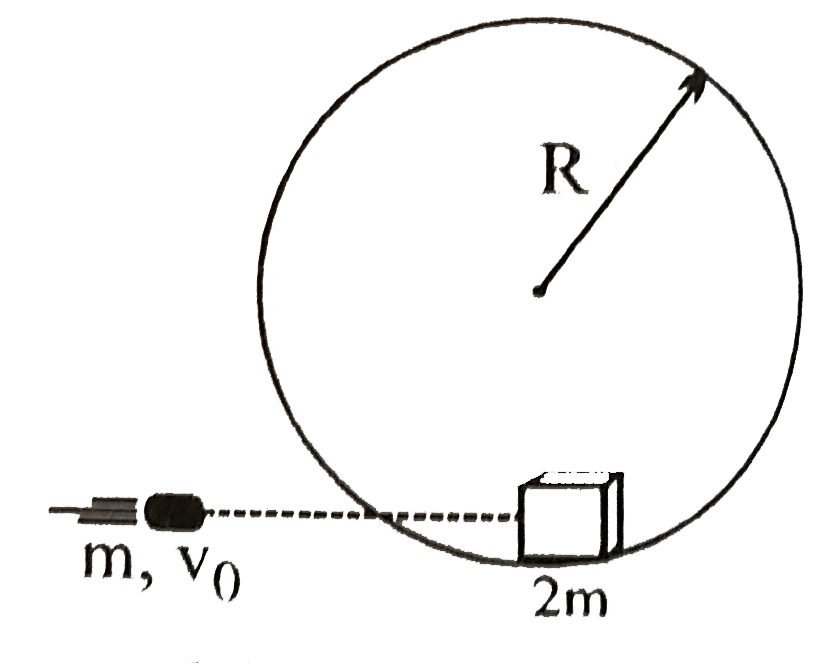Blocks of magnesium are fixed to the bottom of a ship to
block hole in the ship
acidity of sea water
make the ship lighter
prevent the action of water and salt
The correct Answer is:d
Step-by-Step Solution:
1. Understanding the Problem: The question states that blocks of magnesium are fixed to the bottom of a ship. We need to determine the purpose of these magnesium blocks.
2. Identifying the Material: Magnesium is a metal that is more reactive than iron. This property is crucial for understanding its role when fixed to the bottom of a ship.
3. Corrosion in Ships: Ships are often made of iron or steel, which are prone to rusting when exposed to moisture and oxygen, especially in marine environments where saltwater is present.
4. Sacrificial Anode Principle: Magnesium acts as a sacrificial anode. This means that it will corrode (oxidize) preferentially over the iron in the ship. By doing so, it protects the iron from rusting.
5. Conclusion: The blocks of magnesium are used to prevent the iron parts of the ship from corroding by acting as a sacrificial metal. This ensures the longevity and structural integrity of the ship.
Final Answer: Blocks of magnesium are fixed to the bottom of a ship to prevent the iron from corroding by acting as a sacrificial metal.
---
Topper's Solved these Questions
Similar Questions
Statement-I: Blocks of magnesium are ofter stapped to steel hulld of ocean going ships.
Because Statement-II: Magnesium causes cathode protection of iron.View SolutionA small block of mass m resting at the bottom of a hemispherical cup of radius R is displaced a little and released. Determine the period of oscillations of the block, assuming the cup to be smooth and fixed rigidly to the table on which it rests. How will period change if the cup is free to move on the table, it is smooth and its mass is M?
View Solution
Knowledge Check
- Question 1 - Select One
Blocks of magnesium metal are often strapped to the steel hulls of ocean going ships in order to:
AProvide cathodic protectionBProtect oxidation of steelCBoth (a) and (b) are correctDNeither (a) nor (b) is correct - Question 2 - Select One
The most convenient method to protect the bottom of a ship made of iron is:
ACoating it with Red lead oxideBWhite tin platingCConnecting it with a Mg blockDConnecting it with a Pb block - Question 3 - Select One
The most convenient method to protect the bottom of the ship made of iron is
Acoating it with red lead oxideBwhite tin platingCconnecting it with Mg blockDconnecting it with Pb block
A small block of mass 2m initially rests at the bottom of a fixed circular, vertical track, which has a radius of R. The contact surface between the mass and the loop is frictionless. A bullet of mass m strikes the block horizontally with initial speed v0 and remain embedded in the block as the block and the bullect circle the loop. Determine each of the following in terms of m,R and g.
(a) The speed of the masses immediately after the impact.
(b) The minimum initial speed of the bullet if the block and the bullet are to successfully execute a complete ride on the loop
 View Solution
View SolutionA block of mass 4kg is released from the top of a rough inclines plane of height 10m. If velocity of the block is10ms at the bottom of the inclined then work done by the friction force on the block will be
View SolutionIron pipes, lying in acidic soil, are often attached to the blocks of magnesium for their protection from rusting, because magnesium
View SolutionIron pipes, lying in acidic soil, are often attached to the blocks of magnesium for their protection from rusting, because magnesium
View SolutionIron pipes lying under acidic soil are often attached to blocks of magnesium for protection from rusting. Magnesium offers protection to iron against corrosion because it
View Solution

